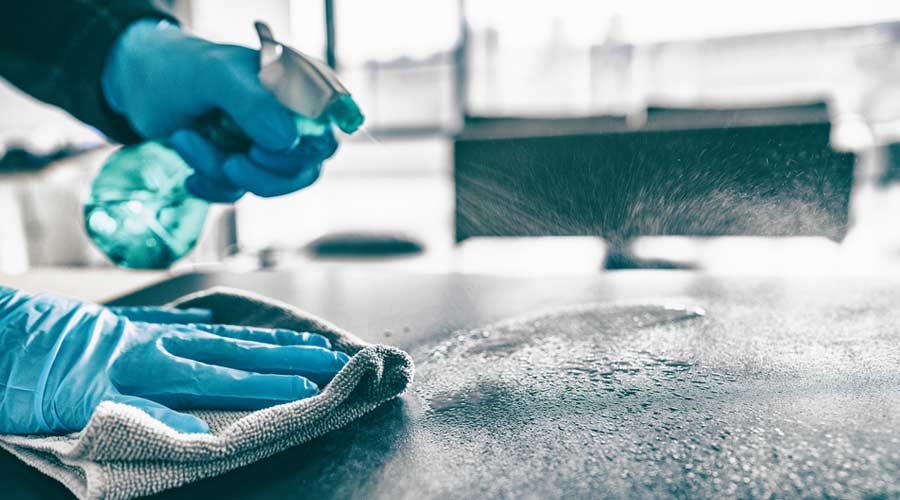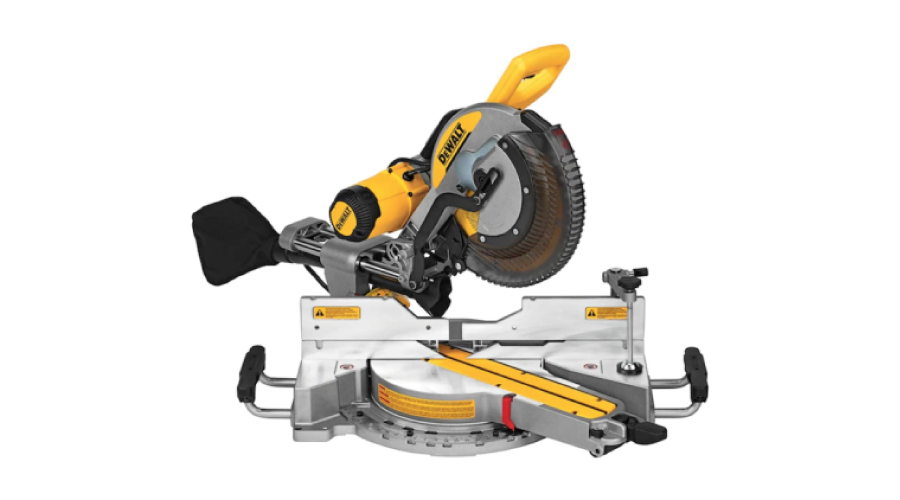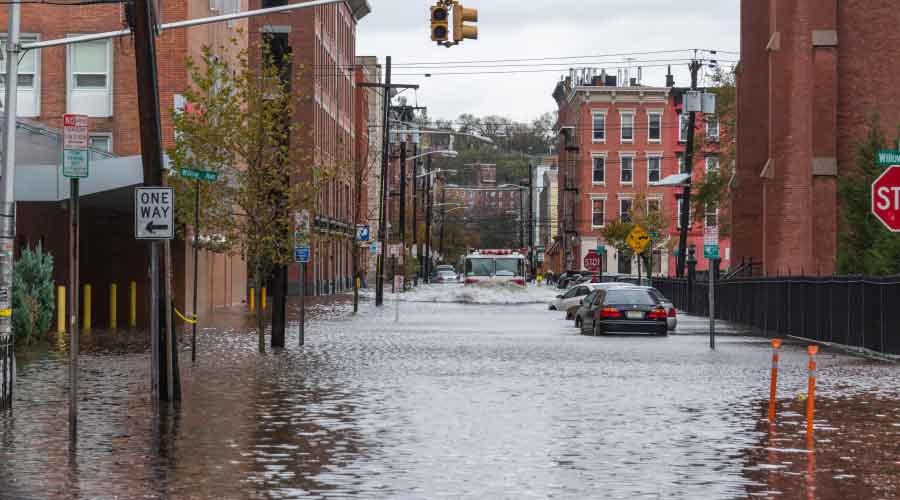
What Facilities Should Do About Monkeypox
Biden administration declared monkeypox outbreak a national health emergency, setting in motion new measures aimed at containing the threat August 17, 2022
By Dan Hounsell, Senior Editor
The Biden administration has declared the growing monkeypox outbreak a national health emergency, setting in motion new measures aimed at containing the threat. To help institutional and commercial facilities cope with the outbreak, the U.S. Centers for Disease Control and Prevention (CDC) issued guidelines designed to prevent the spread of the illness in congregate living settings.
According to the guidelines, congregate living settings are facilities where people who are not related reside in close proximity and share at least one common room. These settings can include correctional and detention facilities, homeless shelters, group homes, dormitories at institutes of higher education, seasonal worker housing, residential substance use treatment facilities, and other similar settings.
These settings might provide personal care services but are not traditional healthcare settings, including hospitals. If healthcare services are provided on site, they are usually provided in specific healthcare areas or by outside healthcare personnel. If a monkeypox case has been identified in a congregate living facility, managers should consider the following actions:
Communicate with staff, volunteers, and residents. Provide clear information to staff, volunteers and residents about monkeypox prevention, including the potential for transmission through close, sustained physical contact, including sexual activity.
Respond to cases. Consider the following actions to respond to cases in the facility:
- Test and medically evaluate staff, volunteers or residents suspected to have monkeypox. Ideally, people identified to have monkeypox will remain isolated away from others until there is full healing of the rash with formation of a fresh layer of skin, which typically takes two to four weeks.
- Ensure that residents with monkeypox wear a well-fitting disposable mask over their nose and mouth and cover any skin lesions with long pants and long sleeves, bandages, or a sheet or gown if they need to leave the isolation area or if isolation areas are not yet available.
- Isolate staff or volunteers who have monkeypox away from congregate settings until they are fully recovered. Flexible, non-punitive sick leave policies for staff members are critical to prevent spread of monkeypox.
- Reduce the number of staff who are entering the isolation areas to staff who are essential to isolation area operations.
- Manage waste from isolation areas in accordance with U.S. Department of Transportation Hazardous Materials Regulations (HMR; 49 CFR, Parts 171-180.). Facilities should also comply with state and local regulations for handling, storage, treatment, and disposal of waste.
Identify people who might have been exposed to monkeypox. Facilities should work with their state, tribal, local or territorial health department to identify and monitor the health of staff, volunteers, or residents who might have had close contact with someone who has monkeypox.
Ensure access to handwashing. Soap and water or hand sanitizer with at least 60 percent alcohol should be available at all times and at no cost to staff, volunteers and residents. Anyone who touches lesions or clothing, linens or surfaces that may have had contact with lesions should wash their hands immediately.
Clean and disinfect the areas where people with monkeypox spent time. Avoid activities in these areas that could spread dried material from lesions, such as use of fans, dry dusting, sweeping and vacuuming. Perform disinfection using an EPA-registered disinfectant with an emerging viral pathogens claim, which can be found on EPA’s List Q. Follow the manufacturer’s directions for concentration, contact time, and care and handling. Linens can be laundered using regular detergent and warm water. Soiled laundry should be gently and promptly contained in a laundry bag and never be shaken or handled in a manner that may disperse infectious material.
Provide appropriate personal protective equipment (PPE) for staff, volunteers, and residents—Employers are responsible for ensuring that workers are protected from exposure to Monkeypox virus and that workers are not exposed to harmful levels of chemicals used for cleaning and disinfection. PPE should be worn by staff, volunteers, or residents in these circumstances:
- Entering isolation areas. Staff who enter isolation areas should wear a gown, gloves, eye protection, and a NIOSH-approved particulate respirator equipped with N95 filters or higher.
- Laundry. When handling dirty laundry from people with known or suspected monkeypox infection, staff, volunteers, or residents should wear a gown, gloves, eye protection, and a well-fitting mask or respirator. PPE is not necessary after the wash cycle is completed.
- Cleaning and disinfection. Staff, volunteers, or residents should wear a gown, gloves, eye protection, and a well-fitting mask or respirator when cleaning areas where people with monkeypox spent time.
Dan Hounsell is senior editor of the facilities market. He has more than 25 years of experience writing about facilities maintenance, engineering and management.
Next
Read next on FacilitiesNet












